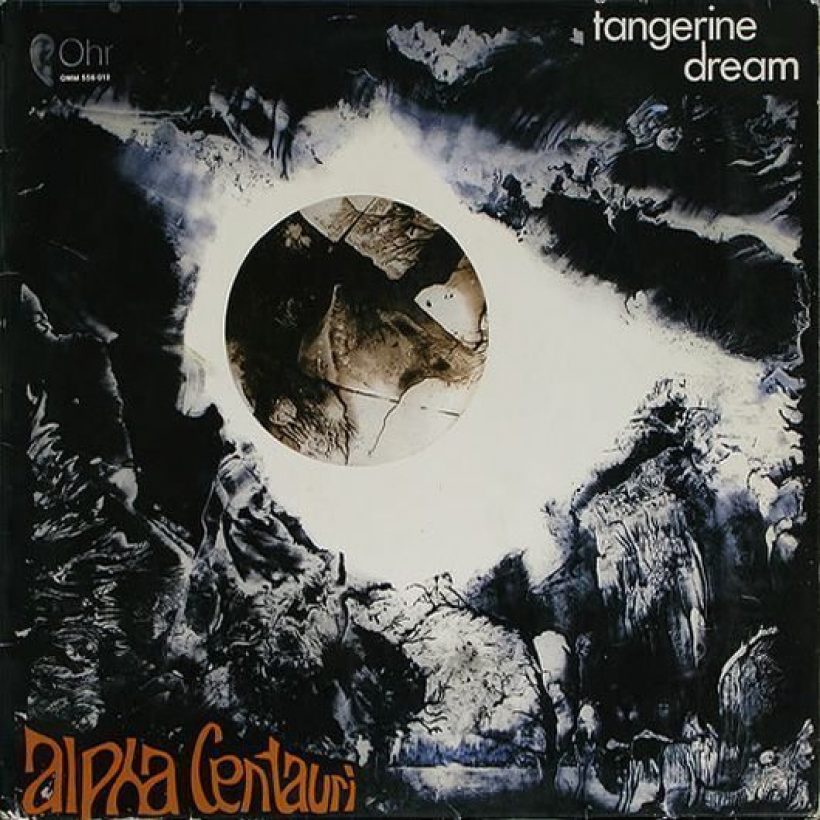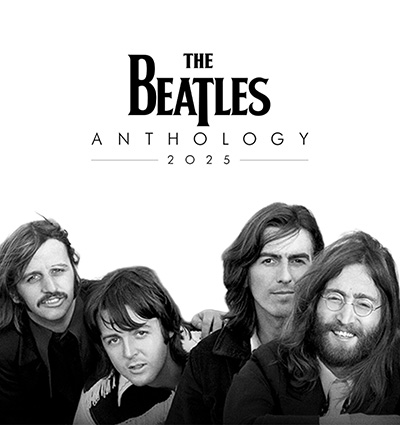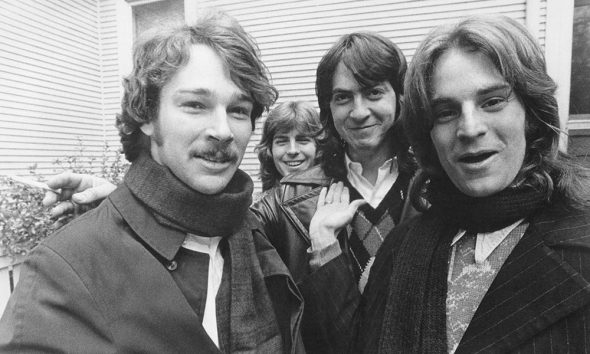reDiscover Tangerine Dream’s ‘Alpha Centauri’

Formed in Berlin by Edgar Froese in September 1967, Tangerine Dream were essentially conceived as an expedient outlet for Froese’s high-minded, experimental impulses. Fresh from composing a piece in August 1967 entitled ‘The Resurrection Of Rotten Christianity – Music For A Sculpture’ to accompany the inauguration of Salvador Dalí’s provocative statue of Christ, Froese initially worked with a small group of musicians including his erstwhile bandmate in The Ones, vocalist Charlie Prince, before fortuitously hooking up with former Psy Free drummer Klaus Schultze and an anarchic, uncontainable, “organised noise” enthusiast named Conrad Schnitzler.
Encouraged in their exploratory endeavours by the liberal ethos of the Zodiak Free Arts Lab in Hallesches Ufer, Kreuzberg, the volatile and ultimately unsustainable Froese/Schultze/Schnitzler line-up nevertheless stayed together long enough to record the debut Tangerine Dream album, Electronic Meditation. Originally released in June 1970, it was the fifth album to be issued by the Ohr label, initiated by the pivotal (if eventually divisive) journalist and producer Rolf-Ulrich Kaiser, in unlikely association with “schlager” producer Peter Meisel. By the time of its release, Schulze and Schnitzler were already edging out of the picture, the former en route to acid-rockers Ash Ra Tempel, and the latter co-founding Kluster with Hans-Joachim Roedelius.
Froese’s new collaborators were 17-year-old drummer/violinist/trumpeter Christopher Franke, latterly a member of Agitation Free, and keyboardist Steve Schroyder. The new line-up debuted on Austrian TV in October 1970 – in a concert which memorably involved the mic’ing up of six pinball machines – and assembled three months later in Dieter Dierks’ studio in Stommeln to begin recording the three tracks that became Alpha Centauri. Released by Ohr in April 1971, it significantly marked the first appearance of a synthesiser on an album by a unit soon to become synonymous with cutting-edge electronica. Conventional (if unconventionally deployed) instrumentation still featured prominently – the shivery guitar glissandos and crematorium organ of ‘Sunrise In The Third System’, the heavily compressed and reverbed tom-toms of ‘Fly And Collision Of Comas Sola’ – but an early VCS3 synthesiser is also a palpable presence.
Furthermore, despite Froese’s subsequent protestations, the album came to be regarded as a key artefact in the canon of so-called “kosmische musik” for its longing, skyward gaze. ‘Comas Sola’ is named after the Spanish astronomer who discovered the comet in question (which was undergoing a close approach to Jupiter around the time Alpha Centauri was being recorded), and the 22-minute title track even features a disembodied, mission-control voiceover in German from guesting flautist Udo Dennebourg: “The spirit of love fills the cosmos – he who keeps the universe together knows every sound.”














